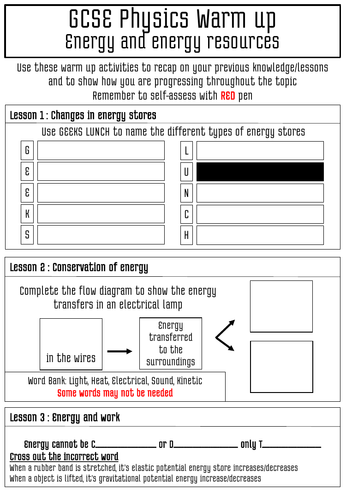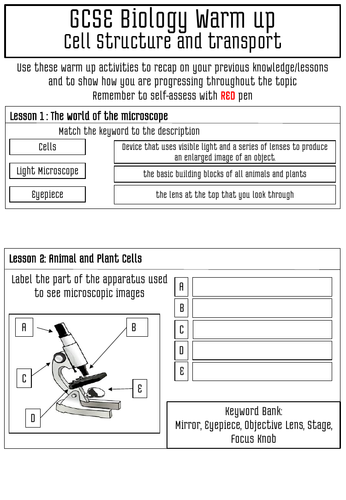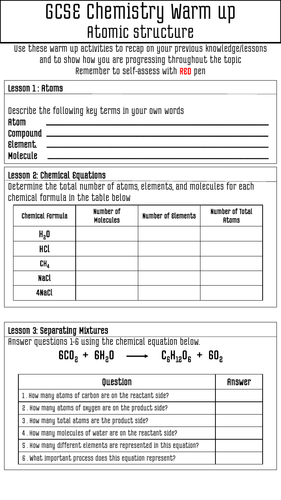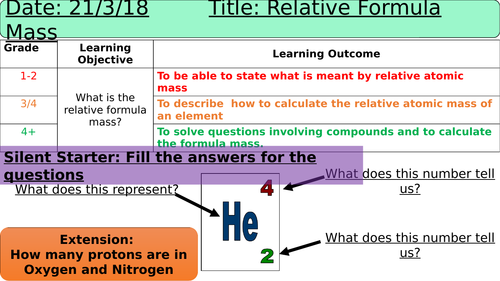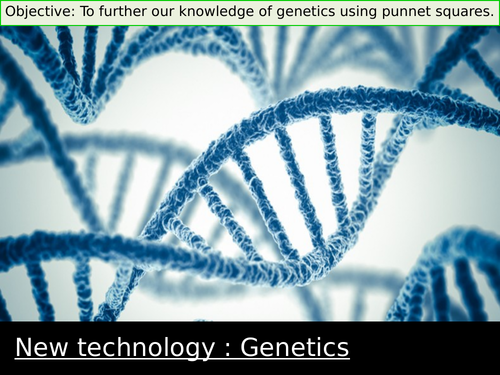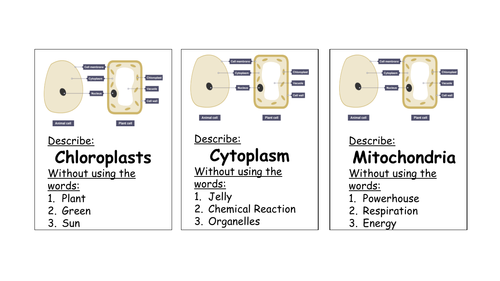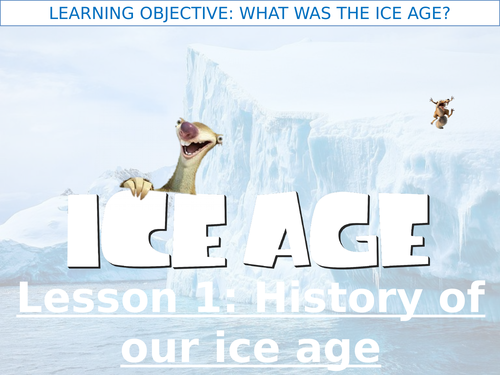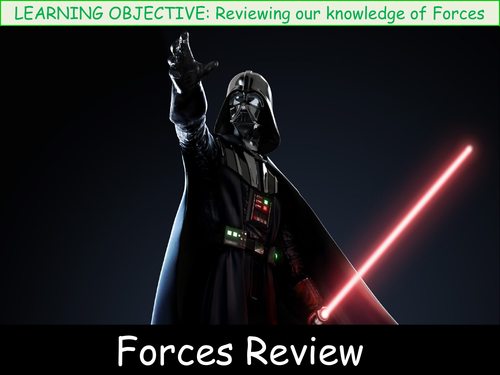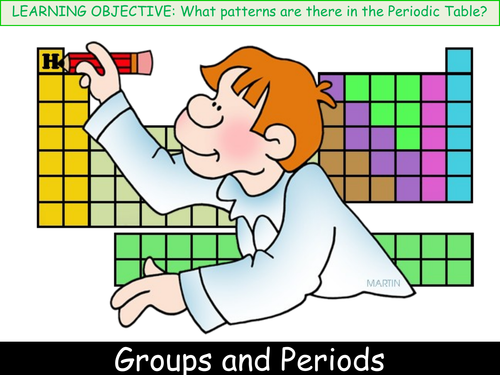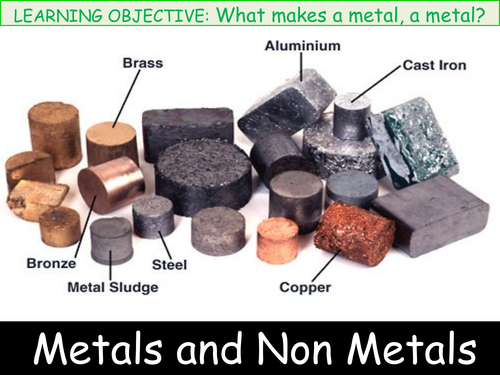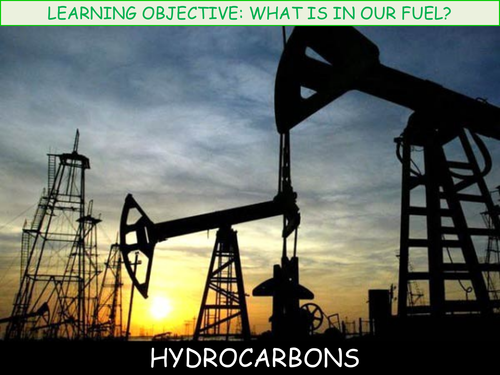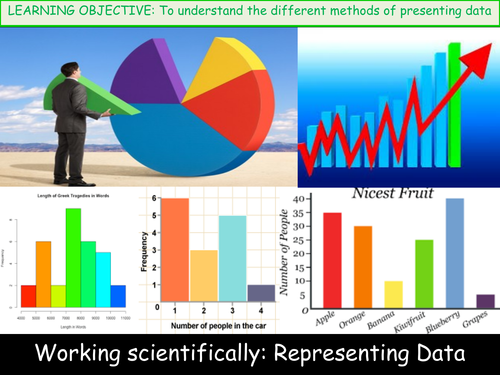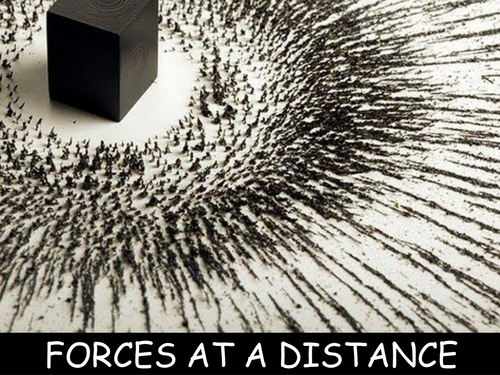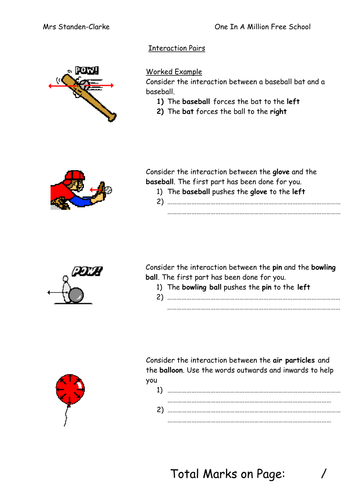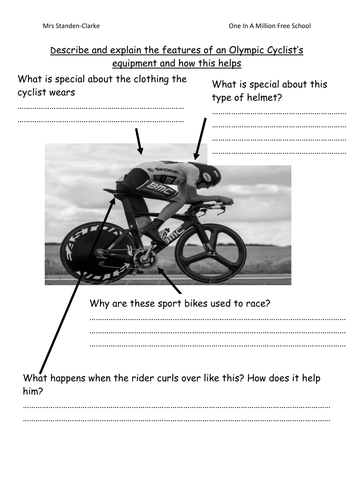
45Uploads
36k+Views
17k+Downloads
All resources

P1 Physics Warmups
Starter activities for the entire topic of P1 GCSE Physics (AQA)
Resources produced to use the starter as a recap from the previous lesson.
Suitable for a catch up resource, or GCSE revision.
Available as a bundle with B1, C1,P1

B1 Cell Structure and Transport Starters/Warm Ups
Starter activities for the entire topic of B1 GCSE Biology (AQA)
Sub topics include:
The world of the microscope
Animal and Plant Cells
Eukaryotic and Prokaryotic
Specialisation in cells
Diffusion
Osmosis
Osmosis in Plants
Active Transport
Exchanging Materials
Resources produced to use the starter as a recap from the previous lesson.
Suitable for a catch up resource, or GCSE revision.

C1 Atomic Structure Starter/Warm up
Starter activities for the entire topic of C1 GCSE chemistry (AQA)
Sub topics include:
Atoms
Chemical Equations
Separating Mixtures
Fractional Distillation and Paper Chromatography
History of the atom
Structure of the atom
Ions, atoms and isotopes
Electronic structures
Resources produced to use the starter as a recap from the previous lesson.
Suitable for a catch up resource, or GCSE revision.

Relative Atomic + Formula Mass
A lesson on the GCSE Quantitative Chemistry directed at a low ability Yr 10 Science class. There are some further activities to stretch learners.
The presentation includes support and extension tasks on all relevant slides. collaborative learning opportunities.
A rally coach worksheet included + a homework

Genetics : Alleles and Punnet Square
This lesson was made in line with Activate 3 but is suitable for GSCE/ recap on punnet squares.
All resources and printables are included in the ppt.

Cell Organelle Guess who
Students describe an organelle without using certain words to other students to guess. This can be used in whole class situation, or in small groups.
These are designed to be cut out and used in a Yr7 lesson however these could be used to refresh KS4 knowledge or supporting EAL learners.

Ice Age - What was the Ice Age?
This is the first lesson in an Ice Age theme designed for Winter Whole School Cross Curriculum
Include film clip, group activities and scientific enquiry to really engage your learners

Force Review Activate 1 P1 Forces
This is the review lesson in the Forces topic of Activate 1, directed at a mixed ability Yr 7 Science class.
Can be used as a DIRT activity
The presentation includes a challenging question, support and extension tasks on all relevant slides. collaborative learning opportunities.
A worksheet document includes levelled questions and challenging section to stretch higher ability students.
Bundle

Activate 1 P1 Yr 7 Forces
This is a bundle of five lessons to cover the Forces topic of Activate 1, directed at a mixed ability Yr 7 Science class.
The presentations includes a challenge question, support and extension tasks on all relevant slides. collaborative learning opportunities.
All worksheets includes a worked example, scaffolded questions and challenging section to stretch higher ability students.
Success Criteria/ Learning outcomes included in each lesson
Please rate and comment on what you find useful so I can alter my lessons in future.
Many thanks

Active 1 1.5 Balanced and Unbalanced Forces
This is the fifth lesson in the Forces topic of Activate 1, directed at a mixed ability Yr 7 Science class.
The presentation includes a challenging question, support and extension tasks on all relevant slides. collaborative learning opportunities.
A worksheet document includes a worked example, scaffolded questions and challenging section to stretch higher ability students.
Success Criteria
To describe the difference between a balanced and an unbalanced force
Use a force diagram to say which way the object will move
draw a force diagram and say whether the force is balanced or unbalanced.
Stretching: To work our a resultant force on an object
Please rate and comment on what you find useful so I can alter my lessons in future.
Many thanks

C2 Chapter 1.2 Activate 2 Group and Periods
This is the second lesson in the Periodic Table topic of Activate 2, directed at a mixed ability Yr 8 Science class with EAL activity and picture clues to support.
The presentation includes a super challenge questions, support and extension tasks on all relevant slides. collaborative learning opportunities.
All worksheets, scaffolded questions and challenging sections to stretch higher ability students are included in the PPT
Success Criteria:
The state the difference between a group and a period in the table of elements
Use patterns to predict properties of elements
Compare patterns in properties in group and elements
Please rate and comment on what you find useful so I can alter my lessons in future.
Many thanks

C2 Chapter 1.1 Activate 2 Metals and Non-Metals
This is the first lesson in the Periodic Table topic of Activate 2, directed at a mixed ability Yr 8 Science class with EAL activity and picture clues to support.
The presentation includes a super challenge questions, support and extension tasks on all relevant slides. collaborative learning opportunities.
All worksheets, scaffolded questions and challenging sections to stretch higher ability students are included in the PPT
Success Criteria:
Review you knowledge of common chemical elements
Identify properties of metals and non-metals
Compare the physical appearance and material behaviour of metals and non-metals
Please rate and comment on what you find useful so I can alter my lessons in future.
Many thanks

Electrical Appliances
This is a lesson in P1 of Trilogy GCSE Chemistry, directed at a low ability Yr 10 Science class. There are some further activities to stretch learners.
The presentation includes support and extension tasks on all relevant slides. collaborative learning opportunities.
A worksheet included
Learning Outcomes:
To state the ways different appliances convert energy into useful sources
Evaluate appliances in their efficiency to perform a particular job
Calculate the percentage of energy wasted.
Please rate and comment on what you find useful so I can alter my lessons in future.
Many thanks

Lesson 1 Crude Oil and Hydrocarbons
This is the first lesson in the Crude Oil topic of Trilogy GCSE Chemistry, directed at a low ability Yr 11 Science class.
The presentation includes support and extension tasks on all relevant slides. collaborative learning opportunities.
A worksheet includes a worked example and scaffolded questions
Learning Outcomes:
To describe what a crude oil is made up of
Suggest a suitable formula rule for a hydrocarbon
Use formula rules to workout the number of atoms
Please rate and comment on what you find useful so I can alter my lessons in future.
Many thanks

Working Scientifically: Representing Data
This is the second lesson in the Working Scientifically topic of Activate 2, directed at a mixed ability Yr 8 Science class.
The presentation includes a challenge question, support and extension tasks on all relevant slides. collaborative learning opportunities.
Success Criteria
To identify different methods of presenting data.
To plot bar charts and/or frequency diagrams accurately.
To plot scatter diagrams or line graphs accurately.
Please rate and comment on what you find useful so I can alter my lessons in future.
Many thanks

Working Scientifically: Using data in tables
This is the first lesson in the Working Scientifically topic of Activate 2, directed at a mixed ability Yr 8 Science class.
The presentation includes a challenge question, support and extension tasks on all relevant slides. collaborative learning opportunities.
A worksheet including an outline of a suitable table to scaffold those who will struggle with the drawing speed or EAL
Success Criteria:
To identify the most important aspects of a results table.
To understand how to organise data in a table format.
To analyse the data and suggest improvements.
Please rate and comment on what you find useful so I can alter my lessons in future.
Many thanks

Activate 1 P1.4 Forces at a distance
This is the fourth lesson in the Forces topic of Activate 1, directed at a mixed ability Yr 7 Science class.
The presentation includes a challenge question, support and extension tasks on all relevant slides. collaborative learning opportunities.
A worksheet on interaction pairs, where students have to decide the pairs acting on an object - includes a worked example, scaffolded questions and challenging section to stretch higher ability students.
Learning Outcomes:
Describe the effects of a field
Describe the effects of gravitational forces on Earth and in space
Appropriately use an equation to calculate weights
This is available as a bundle here:
https://www.tes.com/teaching-resource/activate-1-p1-yr-7-forces-11777264
Please rate and comment on what you find useful so I can alter my lessons in future.
Many thanks

Interaction Pairs Worksheet
This worksheet is designed to go along with Activate 1 P1.1 Introduction to forces. The resource increases with difficulty and has a "challenge" to really stretch your higher ability students.
There is a second version included without the scaffolding if learners need to further themselves.
Both versions include a worked example to demonstrate how to answer the worksheet and what to include.
Answers are included.

Activate 1 P1 1.1 Introduction to Forces
This is the first lesson in the Forces topic of Activate 1, directed at a mixed ability Yr 7 Science class.
The presentation includes a challenge question, support and extension tasks on all relevant slides. collaborative learning opportunities.
A worksheet on interaction pairs, where students have to decide the pairs acting on an object - includes a worked example, scaffolded questions and challenging section to stretch higher ability students.
Learning Outcomes:
State some simple objects and some forces related to them
Describe what is meant by an interaction pair
Explain what forces do to an object
Please rate and comment on what you find useful so I can alter my lessons in future.
Many thanks

Drag Forces and Friction Supporting Worksheet
Complementary worksheet to ideas on drag forces and friction - challenges students to think about the design of the equipment and the reasons why, alongside supporting students into giving suitable answers

